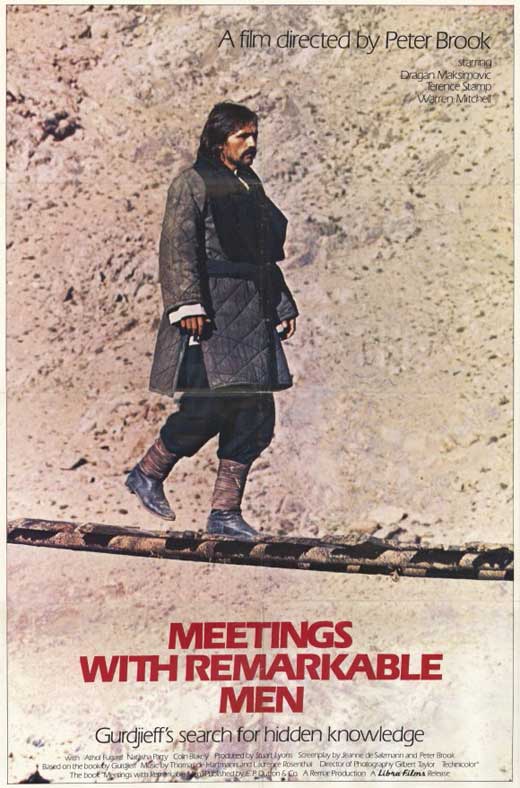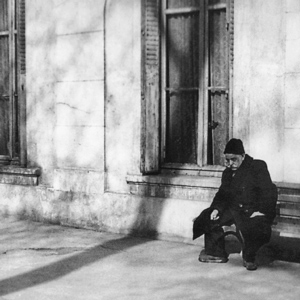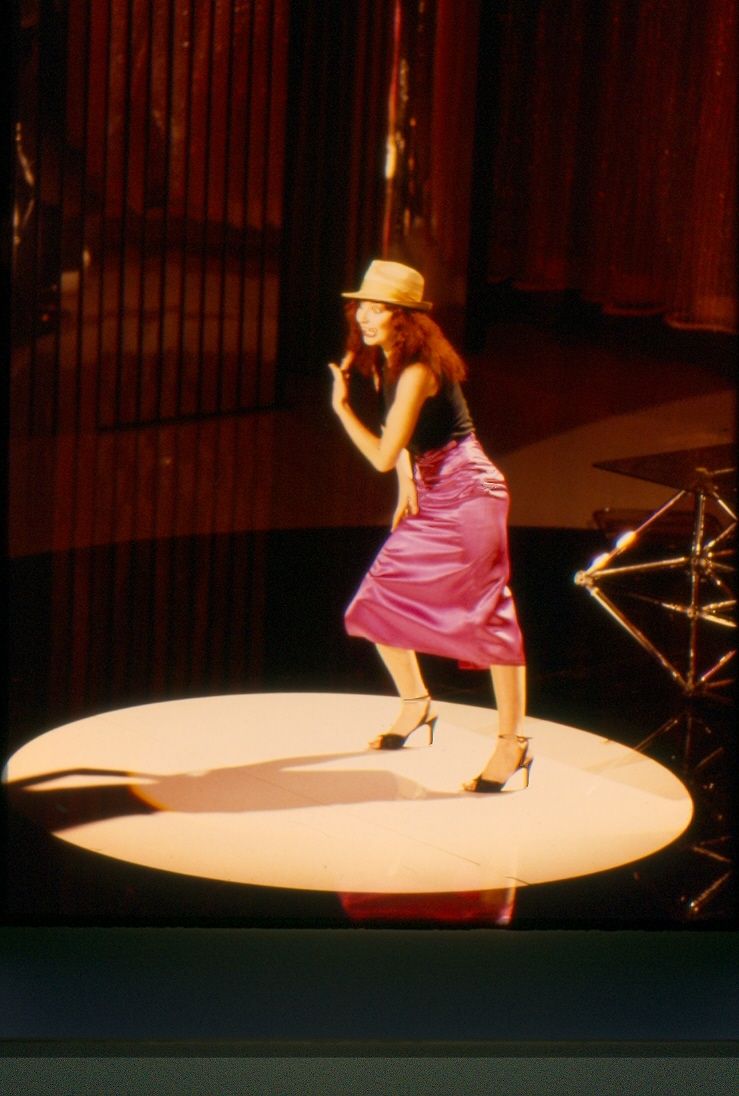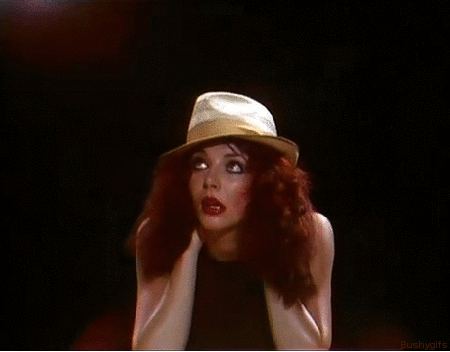Them Heavy People
This post was supported by 17 backers on Patreon.
Them Heavy People
Music video
Saturday Night at the Mill
Efteling
Sound in S (Japan)
Seiko commercial
Seiko commercial 2
Saturday Night Live (start at 7:25)
Legs and Co
Tour of Life
Xmas special
“There is a cosmic law which says that every satisfaction must be paid for with a dissatisfaction.”
— G. I. Gurdjieff.
The philosopher-mystic G. I. Gurdjieff’s spiritual path The Fourth Way presents a response to three ways of enlightenment: disciplining the body, emotions, or mind (these are the paths of the fakir, the monk, and yogi, but this isn’t a theology blog). Rather than focusing on becoming one’s true self through just one of these channels, Gurdjieff taught a Fourth Way which prioritized all of them at once. This was a way for people to learn their true selves by engaging with this path in daily working life without undertaking John the Baptistian asceticism. Gurdjieff’s doctrine caught on with such figures as P. L. Travers, Robert Anton Wilson, Peter Brook, and became influential in its disparate, scattered way.
The reference to Gurdjieff in “Them Heavy People” is notable for how it tips an already offbeat song into esoterica. Like much of The Kick Inside, the song is Bush paying her debts to influences and teachers. A number of musicians of the time had spiritual gurus: Pete Townshend never stopped writing songs about Meher Baba, Dave Davies followed yoga teachings, and the Beatles famously lavished Maharishi Mahesh Yogi with attention for a period. Bush touches on this fad not by leaning exclusively on Gurdjieff but by discussing the wonders of influence and being taught.
Inside, the song is Bush paying her debts to influences and teachers. A number of musicians of the time had spiritual gurus: Pete Townshend never stopped writing songs about Meher Baba, Dave Davies followed yoga teachings, and the Beatles famously lavished Maharishi Mahesh Yogi with attention for a period. Bush touches on this fad not by leaning exclusively on Gurdjieff but by discussing the wonders of influence and being taught.
Bush begins the song with a single phrase, “rolling the ball,” which she calls back and forth across the song’s intro like (fittingly) a ball. She proceeds to speak of having existed in a state of social and mental inertia (“I was hiding in a room in my mind,” “I’d shut the people out of my life”) until some instructive magi hoisted her out of her ennui. Bush is vague on the extent of her isolation, focusing more on how cool it is to be influenced by wise people (the “heavy people” of her title), “wonderful teachers ready to teach me.” The people helping her bring her out of her plight matter more than the spot she found herself in.
So what exactly did the heavy people do to Bush? Their treatments range from the scriptural (“they read me Gurdjieff and Jesu”) to the ascetic (“they build up my body/break me emotionally/it’s nearly killing me/but what a lovely feeling”) to ritual (“I love the whirling of the dervishes”). Bush conjures up a series of esoteric images, ideas keeping her alive mentally and physically as well as spiritually. She’s stepping forward from where she began the song, her eyes tracking a pendulum-like ball, or perhaps getting something started. Gurdjieff’s teachings are compatible with Bush’s aesthetic here: they unify the body with the mind, keeping both alive and in a constant dialogue with each other.
It might be worth contrasting “Them Heavy People” with last week’s song, “Room for the Life,” which has very conservative ideas of what bodily autonomy is. That song ultimately mistook upholding the gender binary and traditional ideas of reproduction as the center of a woman’s existence for some kind of liberation. “Them Heavy People” vibes more with finding new avenues of thought. “Them heavy people hit me in a soft spot”: one’s physical discipline and movement is paramount to moving forward internally. Every one of us has a heaven inside, and Bush makes sure to express hers with dance.
bodily autonomy is. That song ultimately mistook upholding the gender binary and traditional ideas of reproduction as the center of a woman’s existence for some kind of liberation. “Them Heavy People” vibes more with finding new avenues of thought. “Them heavy people hit me in a soft spot”: one’s physical discipline and movement is paramount to moving forward internally. Every one of us has a heaven inside, and Bush makes sure to express hers with dance.
For all its spirituality, “Them Heavy People” is not a hymn. It’s a playful song, one of the poppiest Bush has written to date (Bush has so far spent her career redefining “poppy”), overall staying in A flat with some diversions to D flat. It begins with a glimmering piano riff before descending into a reggae groove in the verse, guided by David Paton’s killer bassline (never quite replicated to the same effect live, as the song’s reggaeness was overemphasized in concert). But rather than falling into the banality of Seventies white reggae, “Them Heavy People” never quite settles into one aesthetic, engaging with the baroque, the sublime, and the childlike all at once. This is best demonstrated by the song’s music video, a shoo-in for the silliest Bush has ever filmed. In it, Bush, dressed in a fedora and sleeveless black top and purple skirt, leans her elbows on a table and gazes in awe at, of all things, a swinging lightbulb, moving from side to side of the frame. She then engages in an utterly goofy mimed brawl with dancers Gary Hurst and Stewart Avon Arnold, both dressed in noir goon costumes that turn “heavy people” into a pun. It’s playful and absurd, and it’s a contender for Bush’s finest video of the Seventies.
Part of what makes the video so remarkable is how it encapsulates the song’s sublime childlikeness. It forms a double act with “The Man With the Child in His Eyes,” while discussing another component of growing up: knowledge. Bush is willing to be awed by these strange new ideas. She makes herself a student because of a desire to fundamentally improve herself (“I must work on my mind”). And she sings about that in the giddiest tone possible.
The result of this enthusiasm is a quintessential Kate Bush song she proceeded to take around the world. “Them Heavy People” was a Japan-exclusive single which she lent to some commercials she was in, and she performed it in a truly wild disco-inflected appearance on a Japanese TV program called Sound in S. The song even made it onto Bush’s one performance on Saturday Night Live, hosted by Eric Idle of all people (I’ll leave it to the reader to decide whether this was a fitting choice or not).
Japan-exclusive single which she lent to some commercials she was in, and she performed it in a truly wild disco-inflected appearance on a Japanese TV program called Sound in S. The song even made it onto Bush’s one performance on Saturday Night Live, hosted by Eric Idle of all people (I’ll leave it to the reader to decide whether this was a fitting choice or not).
Bush will revisit the ideas of “Them Heavy People” as late as The Dreaming (“I keep it shut” may set off alarm bells in the mind of an astute Bush fan), always remembering the fundamental joy of knowing something you don’t know. In some ways, “Them Heavy People” is the last cry of the Phoenix era, a final outing for the childlike epoch of Bush’s old demos. Let’s let have Bush have the final word here: I love the beauty of rare innocence.
Recorded 1977 at London AIR Studios. Performed on various television programs through 1978 and 1979 and performed on the Tour of Life. Studio personnel: Kate Bush — vocals, piano, backing vocals. Stuart Elliott — drummer. David Paton — bass. Ian Bairnson — guitars. Paddy Bush — backing vocals. Andrew Powell — production. Live personnel: Bush — piano, vocals. Preston Heyman — drums. Del Palmer — bass. Paddy Bush — backing vocals. Brian Bath — guitar. Kevin McLea — keyboards. Ben Barson — synthesizer. Alan Murphy — electric guitar. Liz Parsons and Glenys Groves — backing vocals.

February 28, 2019 @ 11:58 am
Conceptually Idle may not be a good choice to host her on SNL, but given her oft-stated and expressed interest in British comedy and comedians it makes perfect sense to me. One of the fascinating things about the Experiment IV video was that it was a bunch of comedians playing it straight.
I thought I was immune to the ‘weird Japan’ reaction, having lived here for nearly 28 years, but that Sound in S clip got me. Curious that they renamed the song: perhaps because of the pronunciation difficulties of the original title.
February 28, 2019 @ 4:11 pm
Love this series of course. (I Envy Del as we say.) I wonder whether your reading of this song changes if it’s a satire of guru seeking if not “spiritual materialism” altogether. After all, you don’t need no crystal ball and the video takes the piss out.
March 1, 2019 @ 3:00 am
I must say I always tended to take it as tongue-in-cheek at the very least.